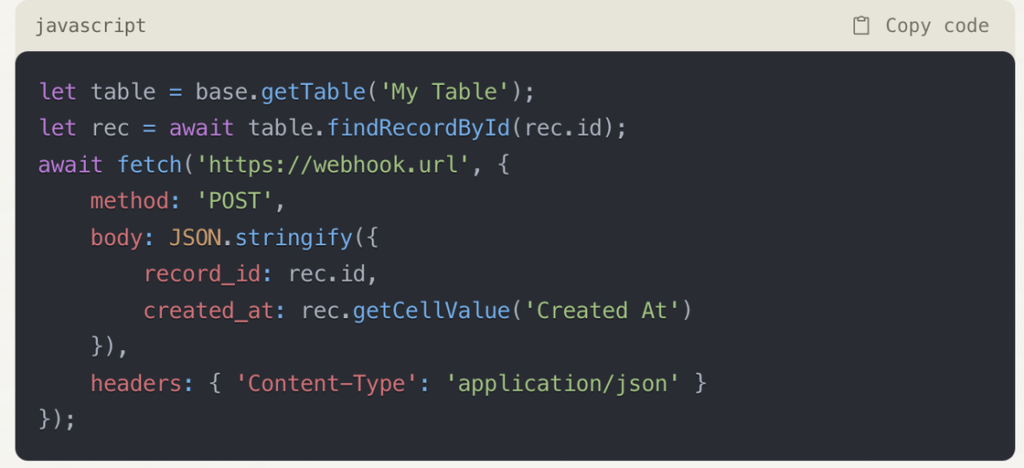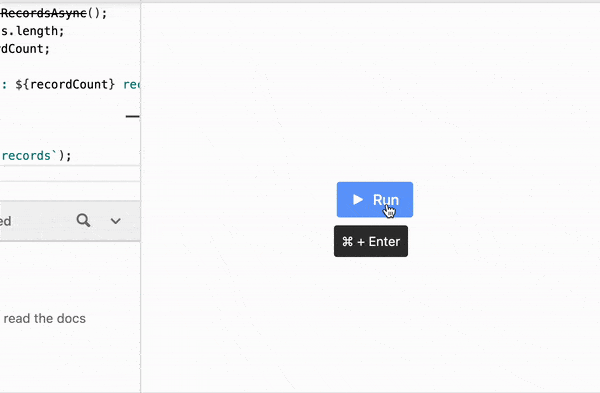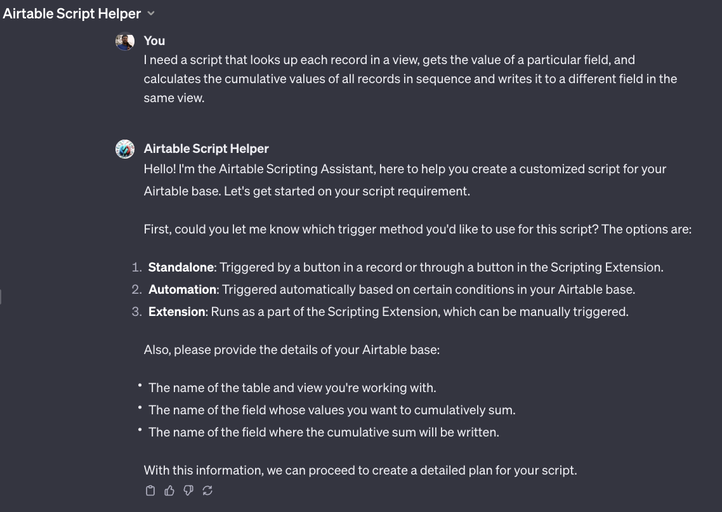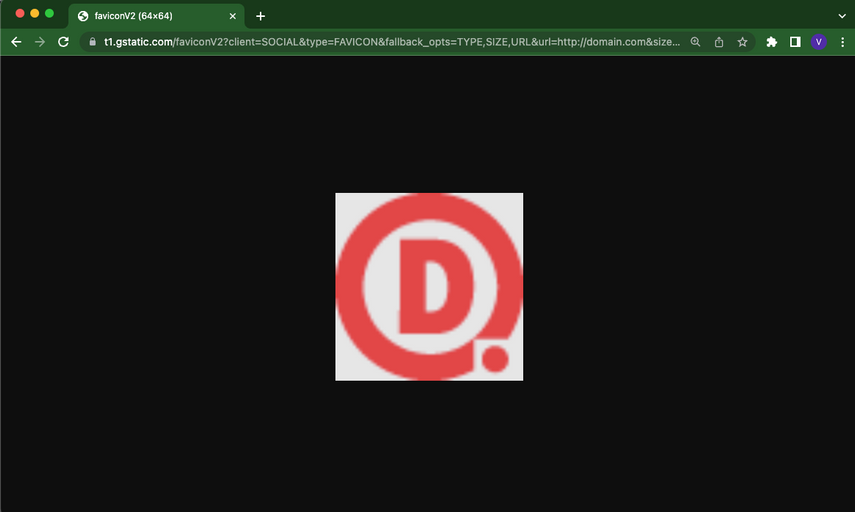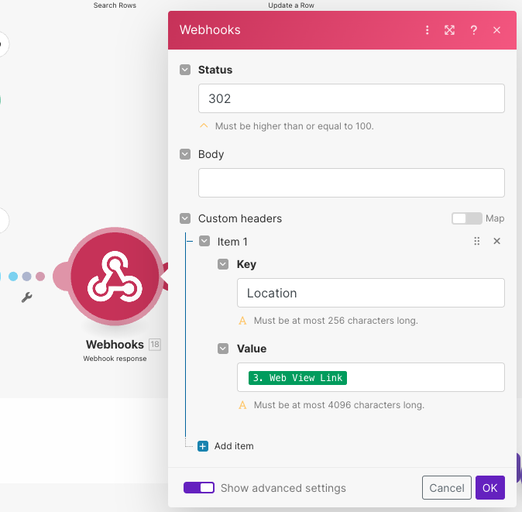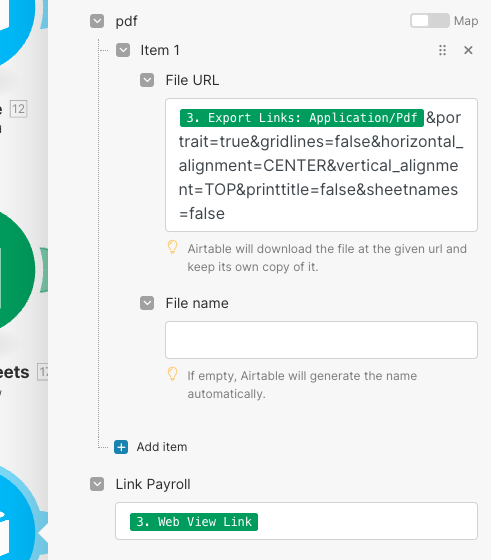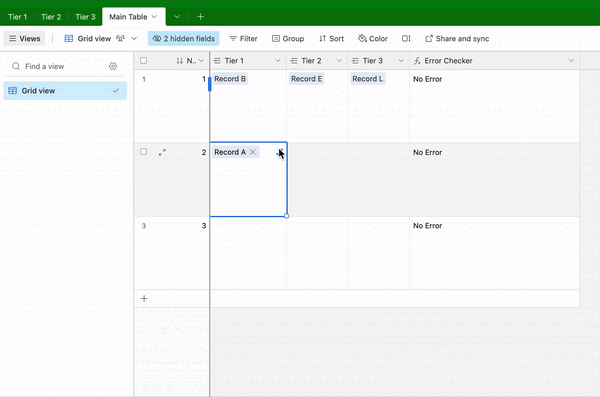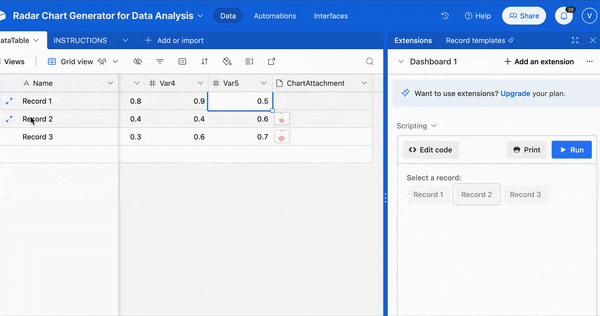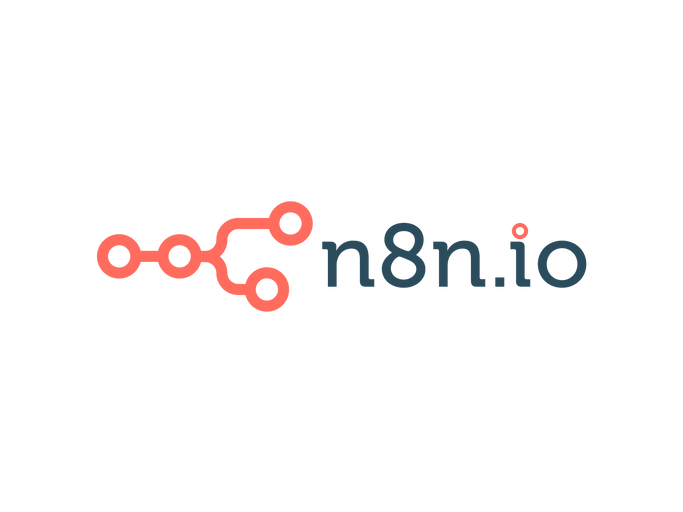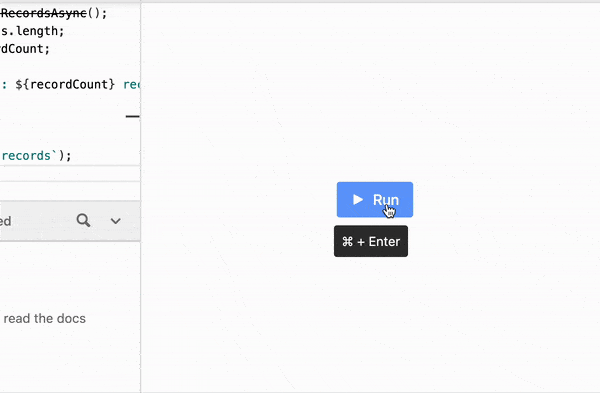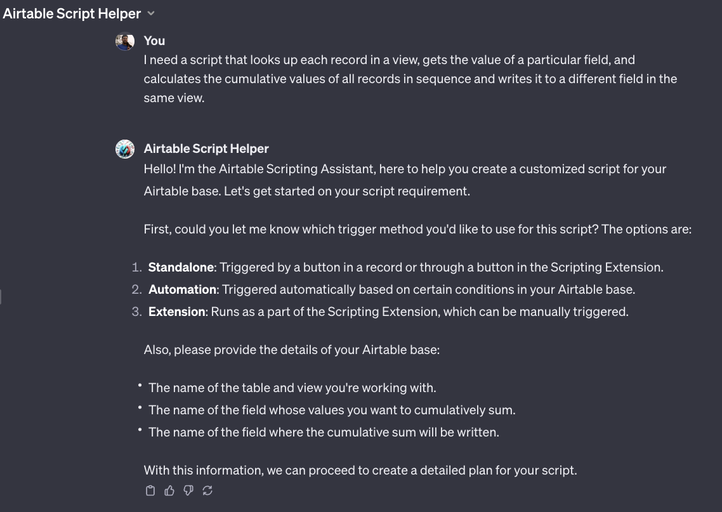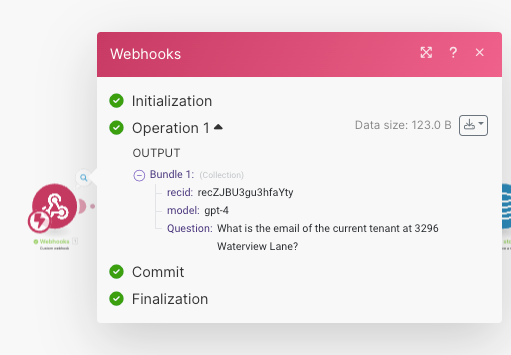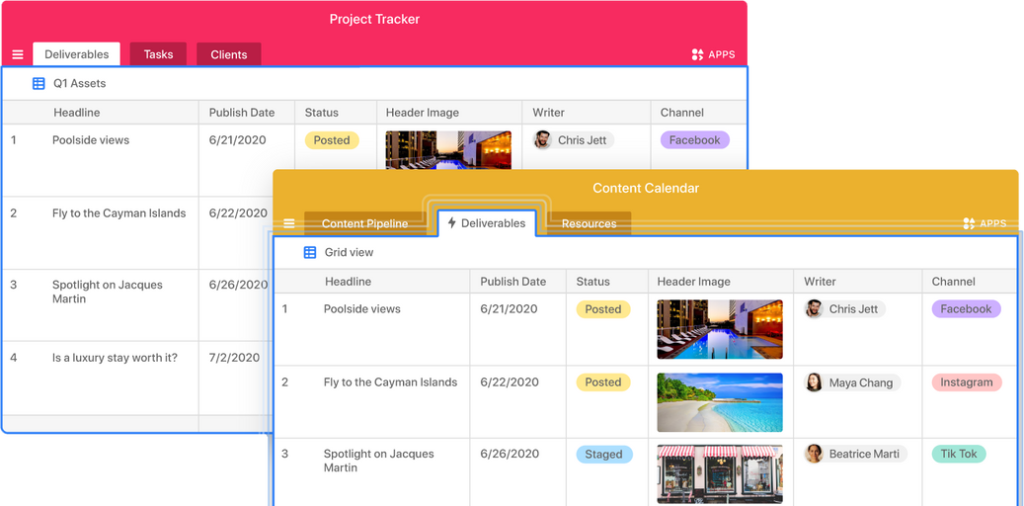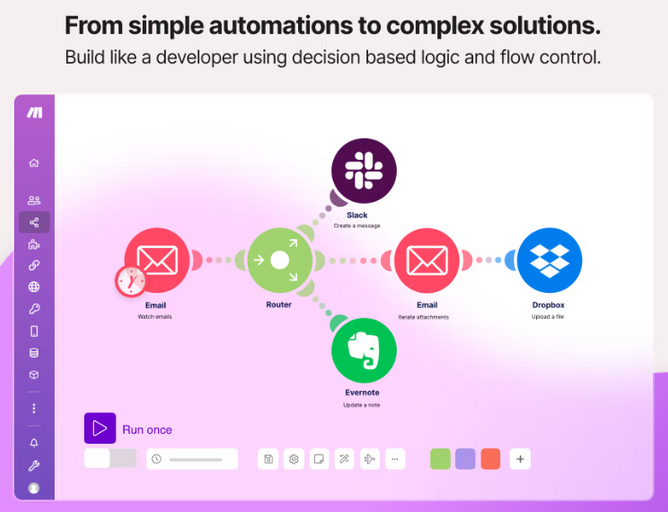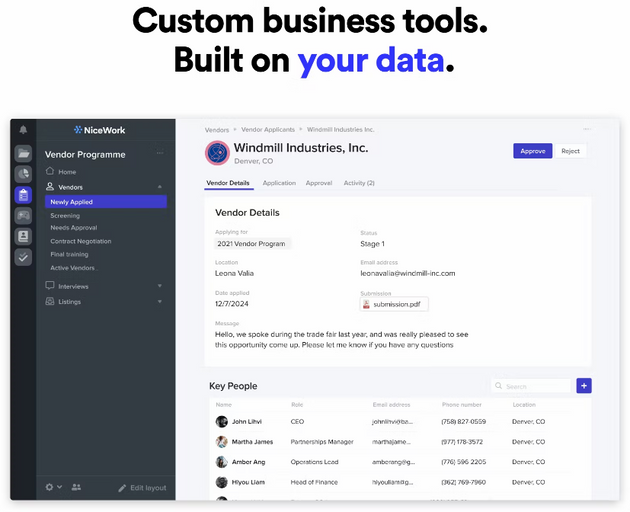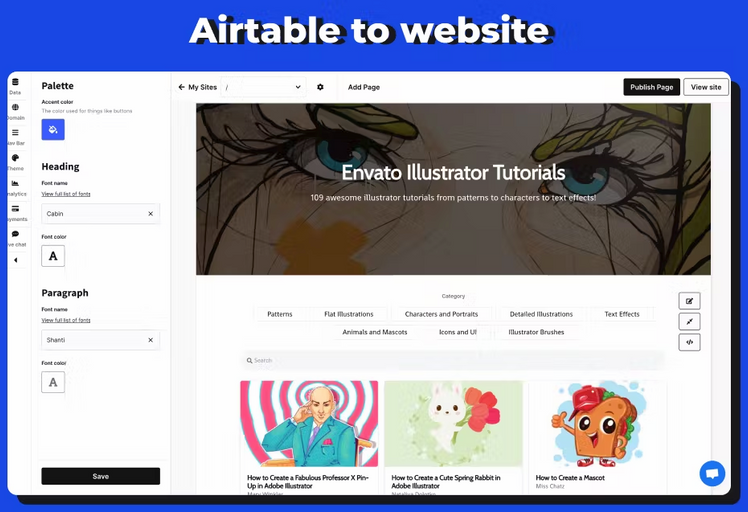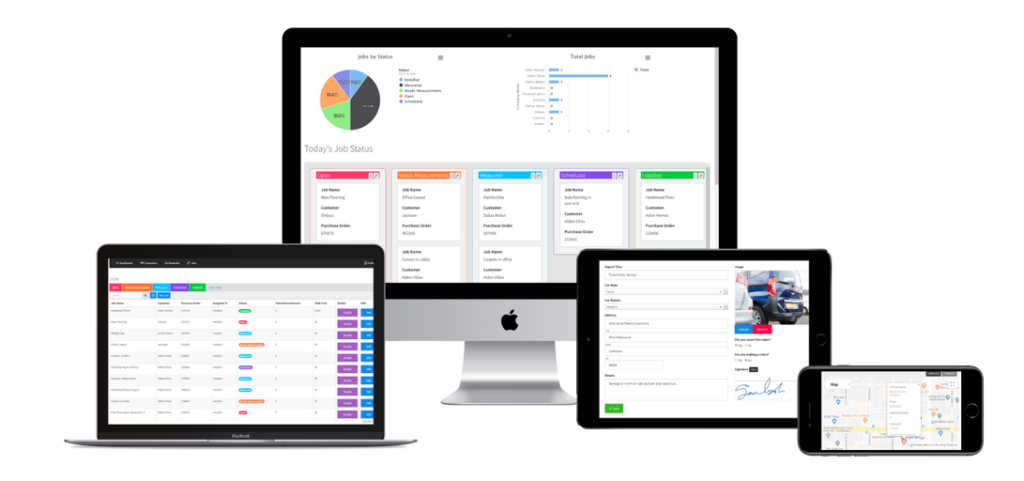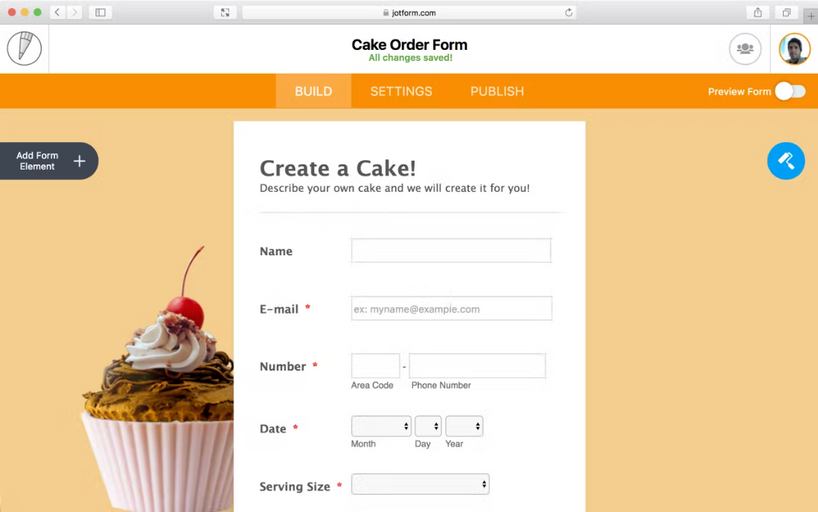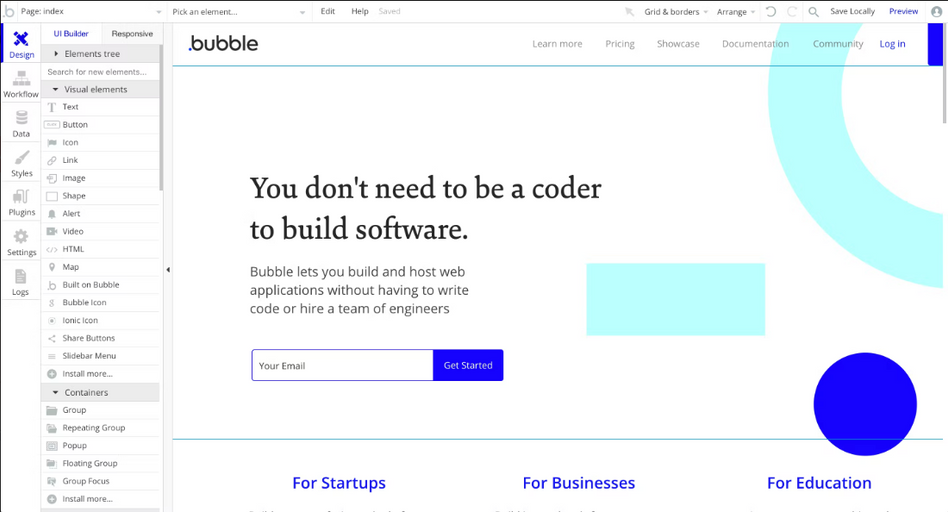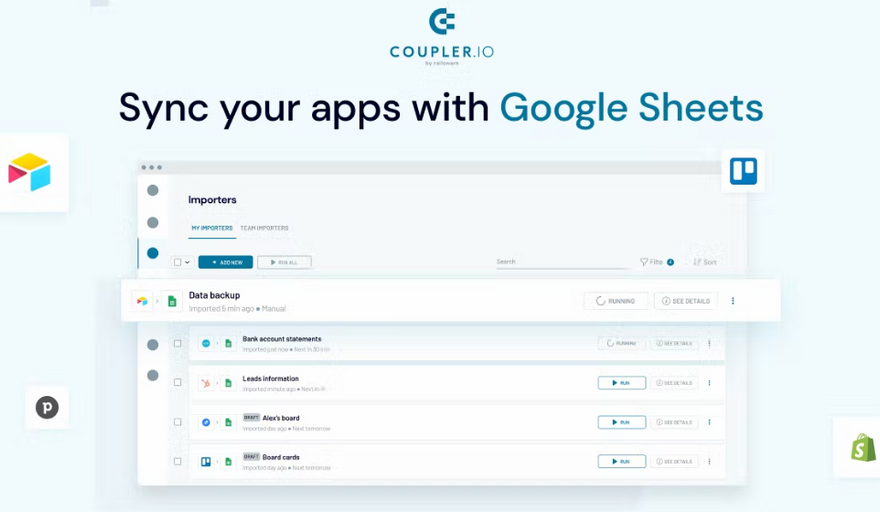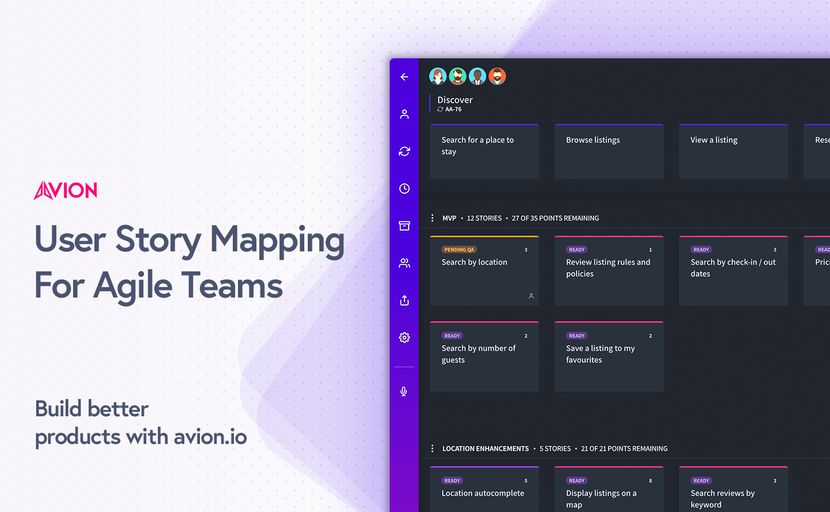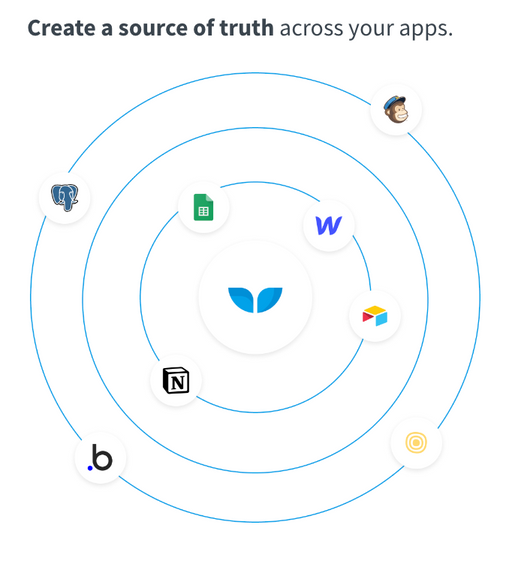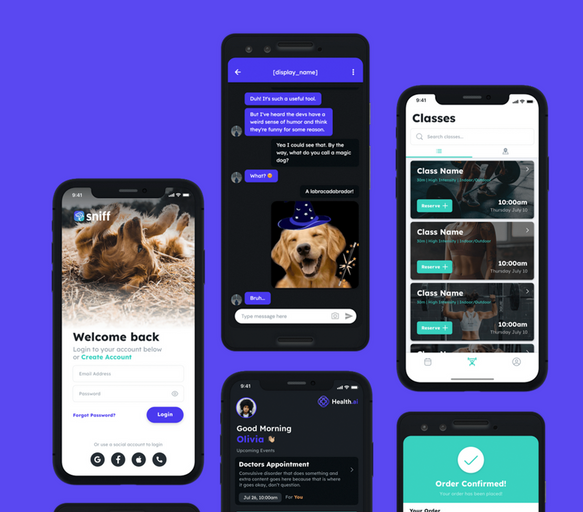Resources
Tips and tricks to get the most out of your Airtable subscription
Tool Shed
A collection of tools I use when developing for my clients.
Airtable
Airtable is a low-code platform for building collaborative apps.
- Public Front-end
- Internal Front-end
- Database
- Automations
Make (Integromat)
Automate routine tasks involving web services and save countless hours.
Automations
Stacker
Build powerful, flexible and interactive web portals for your businesses – no code required.
- Internal Front-end
- Database
Softr
Softr turns your Airtable data into a beautiful and powerful website, web app or client portal.
- Public Front-end
- Internal Front-end
Tadabase
Tadabase is a no-code tool with a frontend builder, robust database, and powerful automation in one.
- Public Front-end
- Internal Front-end
- Database
- Automations
Jotform
Jotform is a full-featured online form builder that plays well with other SaaS apps.
Forms
Bubble.io
Bubble is a modern web development framework and a visual website builder.
- Public Front-end
- Database
- Automations
Coupler.io
Coupler syncs data across multiple platforms, such as from Airtable to Google Sheets.
Automations
Avion.io
Avion is a collaborative and fun user mapping tool for product oriented teams.
- Task Management
Whalesync
Sync data live across wherever they live: Airtable, Postgres, Bubble, Webflow etc.
Automations
GPT
GPT is a state-of-the-art language model that can generate natural language text, perform translations, summarize text, and much more.
API
Flutterflow
Flutterflow is a modern web and mobile app development platform that allows you to build fully-functional apps without writing code.
Public Front-end
N8n
N8n is an extendable workflow automation tool that allows you to connect anything to everything via its open, fair-code model.
Templates
A collection of templates use when developing for my clients.

